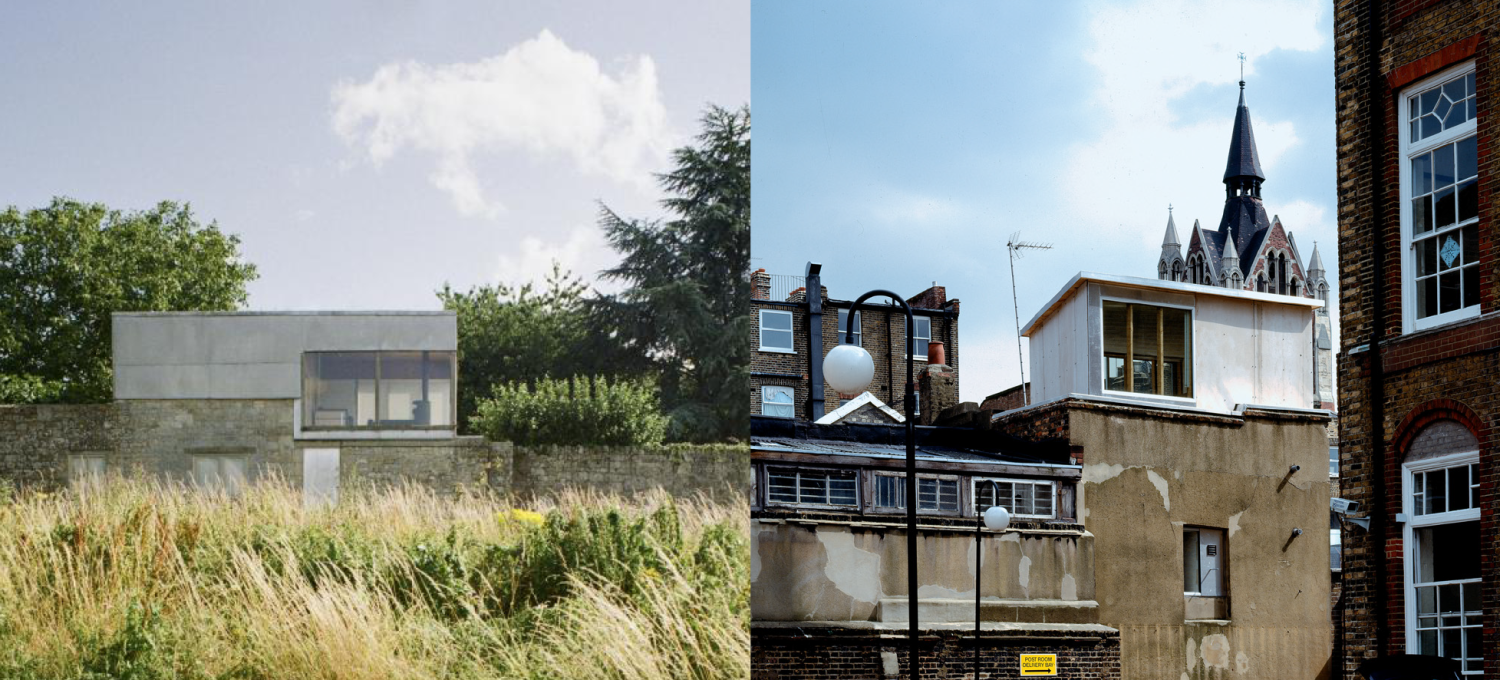Emmanuel Breton
Ordinary Beauty
The Smithson legacy in contemporary British architecture
While the British scene in the 1980s and 1990s was dominated by so-called high-tech architecture and postmodernist or deconstructivist trends, a generation of young architects, led by Tony Fretton, Jonathan Sergison and Stephen Bates, as well as Adam Caruso and Peter Saint John, seemed to be deliberately going against the grain. Without forming a movement or, by their own admission, being particularly close, they nevertheless share affinities and values that, through their approaches and discourse, allow us to discern a common attitude in project design, which today is particularly relevant given the challenges of transforming places.
Neither a manifesto, a method nor a school, it is the subtlety of an attitude based on shared values, allowing for varied applications and interpretations, that nevertheless underpins the coherence of this architectural approach. There is something about the way of doing things, the way of seeing and considering the world, of paying attention to things, of attaching value and importance to material realities, but also to immaterial ones, to ideas and principles.
The affinities that characterise this common attitude were formed attentively and somewhat apart from the dominant post-war trends: the relationship to place, its history, its material character and constructive attention. This axiological ensemble revolves around the notions of ‘as found’ and ‘conglomerate ordering’ in the ethical positioning of Smithson's ‘new brutalism’, while also drawing on the notions of ‘place form’ and ‘tectonics’ defended by Kenneth Frampton at the time when most of these architects were starting their careers.
Today, these issues are expressed in the intervention on and transformation of the existing, understood both in a narrow sense as the building or place, but also in a broader sense as the social and economic context, as well as the environment and climate. The issues that impact our living environments on a global and regional scale are taken into account here at the scale of the building.
More profoundly, one of the working hypotheses is to explain the positioning of these architects through a common relationship to the modern movement and classicism, in an attempt to reconcile the two, here, Gunnar Asplund and Sigurd Lewerentz seem to have been guiding figures in this link between ‘tradition’ and modernity, another way of embracing heritage and transforming what already exists.
- Doctoral framework
◖ Dissertation supervisor
Paul Landauer (HDR)
OCS laboratory, Ensa Paris-Est
Luc Baboulet(HDR)
OCS laboratory, Ensa Paris-Est
◖ PhD framework
2023-in progress
Self-funded thesis
◖ Research environment
OCS Laboratory
AUSser joint research unit, Gustave Eiffel University
About research
◖ Keywords
contemporary architecture, building, place, as found, existing, transformation, theory, constructive culture, design, method, design attitude, tectonics, Smithson, Fretton, Sergison Bates, Caruso St John
Illustration →
Alison & Peter Smithson, Upper Lawn Pavilion, Tisbury, UK, 1962. Lorenzo Zandri
Caruso St John, Studio House, London, Swan Yard, United Kingdom, 1993-1994. Caruso St John Architects
